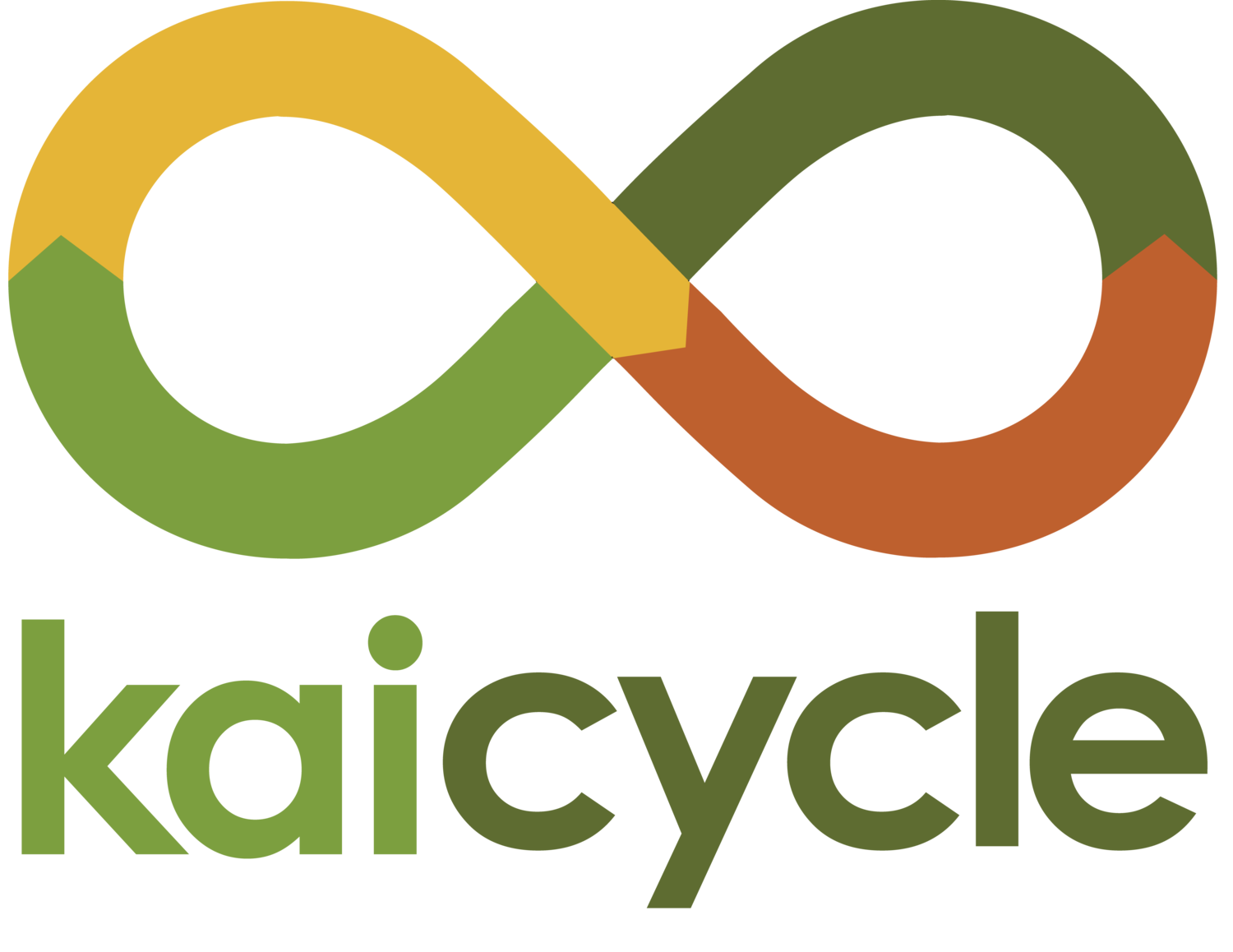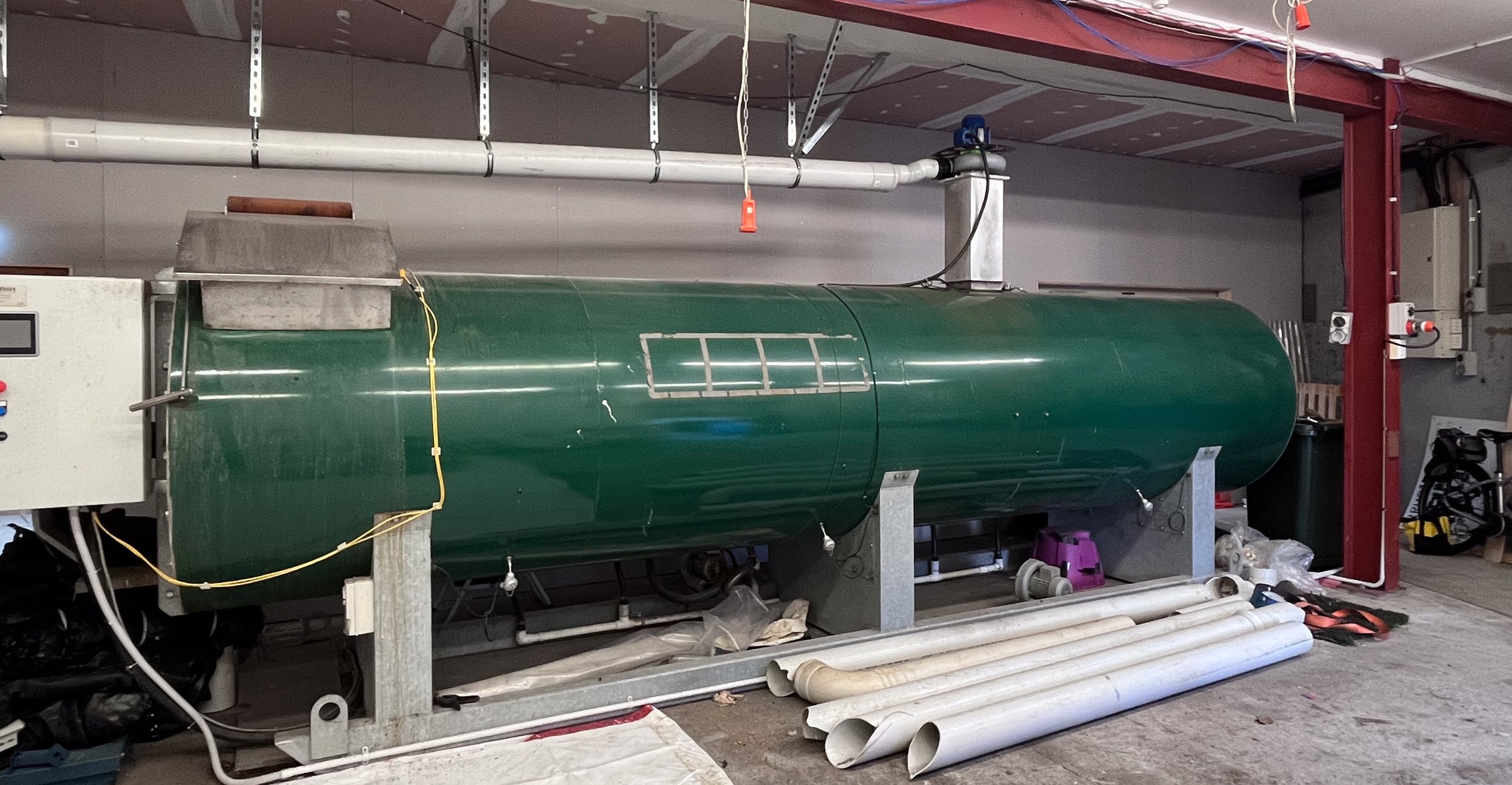We’re heading into spring and before we know it, it’ll be summer. Rose, one of our wonderful Community Farm Managers shares some tips to look after soil and help it retain water, that you can try too.
The basis of healthy soil (and healthy plants) is a healthy soil ecosystem. This ecosystem includes bacteria, fungi, nematodes, worms - the list goes on. Our role as gardeners is to create a welcoming environment for as much soil biodiversity as we can. We look after the microbes, and they look after our plants.
Try no dig, or minimal dig. When we dig in soil we disturb the soil structure, dry out our soil, and leave it vulnerable to erosion.
Instead of weeding, try the ‘chop and drop’ method by using a sharp knife to chop the stem of your weeds at soil level leaving the roots in the ground. You can then use these cut weeds as mulch. Note there are some pesky plants like grasses and creeping buttercup that can grow back from their roots, so these ones we do pull out.
Keep the soil surface covered with plants or mulch. In nature, we don’t see areas of bare soil and we want to replicate this in our gardens.
Add a bit of ‘living compost’ to your soil to boost the microbial life. Home compost is living.
If you are planting out seedlings, aim for the end of the day so the plants don’t suffer in the midday heat. You can also make a temporary shade above them, see Kath Irvine’s shade bivvy write up on this.
Grow a variety of plants together in a bed. Biodiversity on top of the soil = biodiversity below the soil. It’s great for keeping pests away and keeping the nutrients in your soil in balance. If you want to get nerdy about this you could read up on poly-cropping or planting in guilds - it’s really cool stuff!







